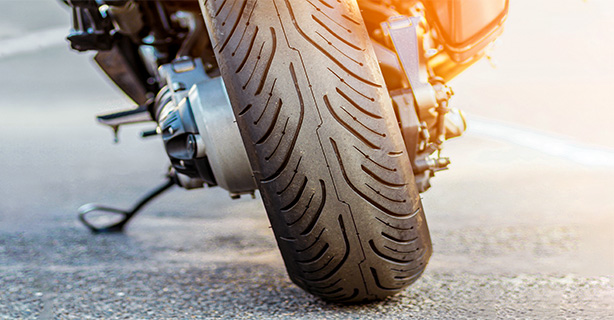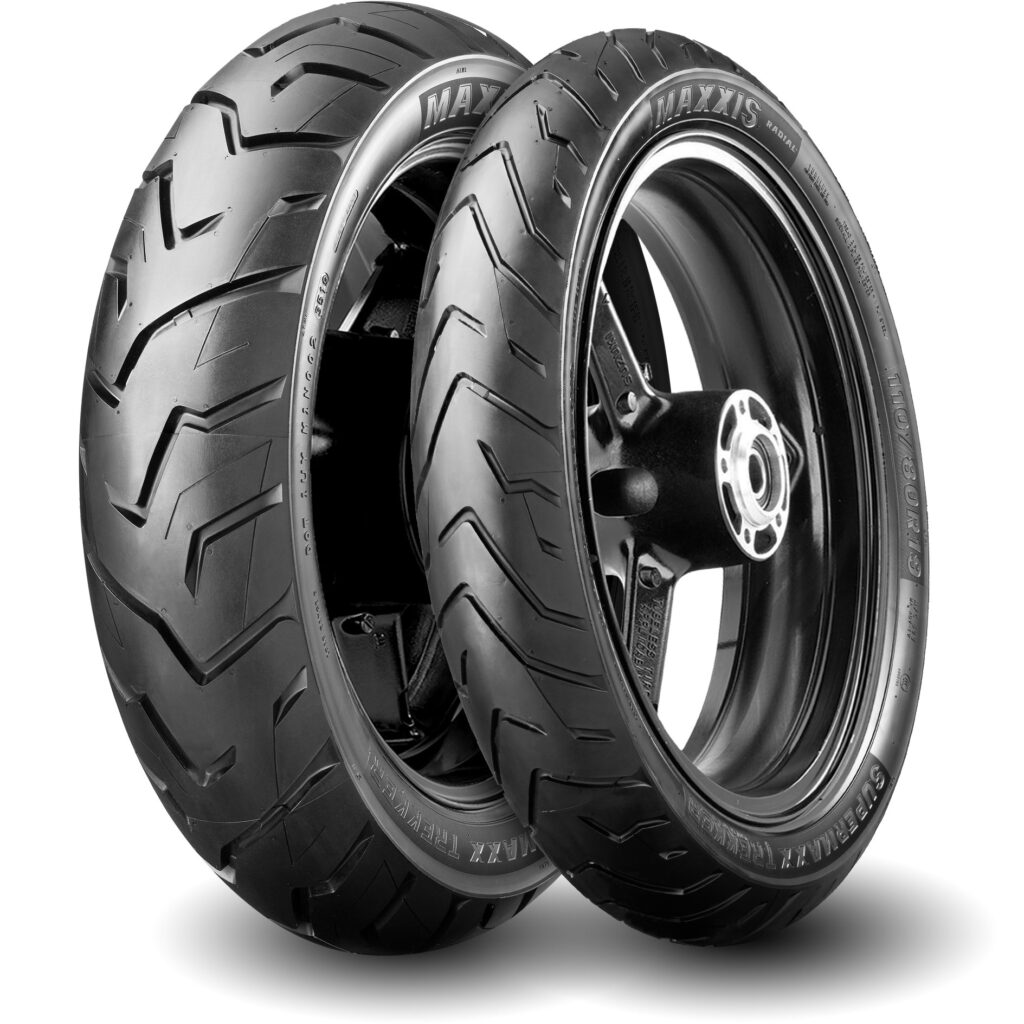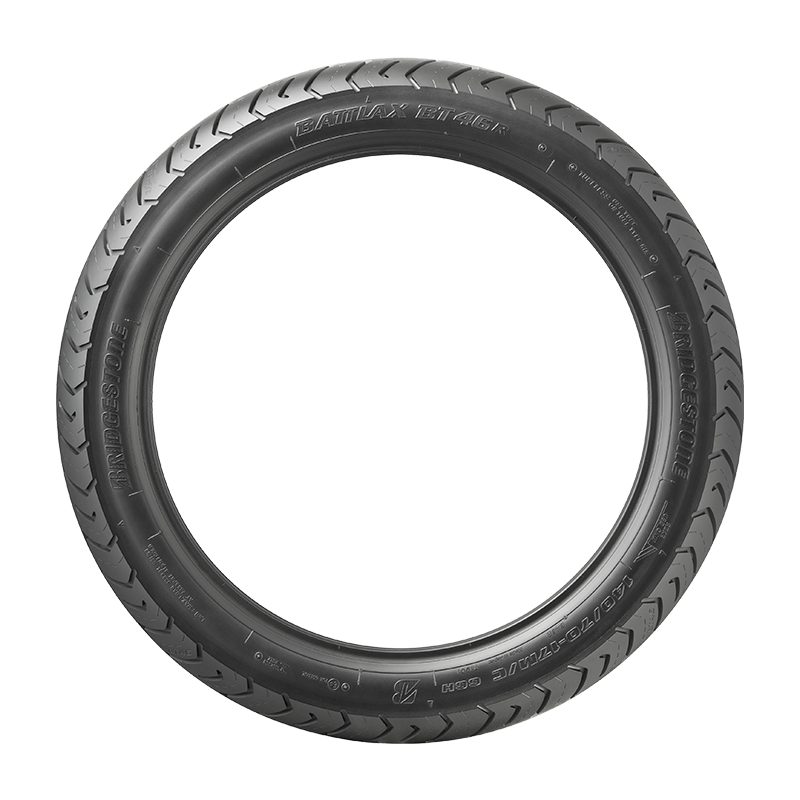Motorcycle Tyre Guide for Choosing the Ideal Tread Pattern
Motorcycle Tyre Guide for Choosing the Ideal Tread Pattern
Blog Article
Access Crucial Services Supplied in the Area With Our Exhaustive Motorcycle Tire Guide for Enthusiasts
The Motorcycle tyre guide uses vital insights for fanatics looking for to boost their riding experience. It covers various tyre kinds, appropriate option based upon riding designs, and vital maintenance practices. Bikers can take advantage of recognizing tyre stress and the value of recognizing wear signs. With this knowledge, they can navigate prospective concerns and ensure peak performance. However, there are crucial facets of tyre treatment that may continue to be unclear, triggering further exploration.
Comprehending Different Kinds Of Motorcycle Tyres

How to Pick the Right Tyre for Your Riding Design
When selecting the ideal tyre for a details riding design, bikers must think about different aspects that straighten with their private preferences and the meant use of their Motorcycle. Different tires satisfy details conditions, such as touring, off-road, or sport riding. For adventure riders, dual-sport tires with a sturdy walk pattern are crucial for taking on both led roadways and tough terrains. On the other hand, sportbike enthusiasts should select performance tires that use exceptional grip and faster handling on smooth surfaces.Additionally, climate plays a significant function; riders in wet areas may profit from tyres created for improved water variation. Riders must likewise consider the tyre width and profile, which can affect stability and ability to move. Inevitably, picking the best tire includes balancing these factors to consider to enhance convenience, safety and security, and performance, ensuring that each trip meets the cyclist's expectations and aligns with their distinct style.
Vital Tire Upkeep Tips for Durability
Maintaining Motorcycle tyres is essential for extending their life-span and making sure suitable efficiency when traveling. Consistently inspecting tire pressure is crucial; under-inflated tires can result in enhanced wear and endangered handling. Lovers must additionally monitor step depth, as ample tread is necessary for hold and safety.Rotating the tyres regularly aids attain also wear, especially for those that frequently ride in diverse conditions. Furthermore, maintaining tyres tidy from debris and impurities can avoid wear and tear of the rubber.Another crucial element is guaranteeing that the wheels are effectively lined up, as misalignment can bring about uneven wear. Regular assessments for any type of leaks or international things installed in the tires are a good idea, as very early detection can prevent more damages. Storing the Motorcycle in a climate-controlled environment can stop rubber destruction, guaranteeing the tires remain in prime problem for longer.

Identifying Indicators of Tyre Put On and Damage
Acknowledging indications of tire wear and damage is essential for each Motorcycle enthusiast. Walk deepness indicators provide important information concerning the staying hold, while sidewall splits can signify deeper architectural concerns (motorcycle tyre guide). Recognizing these factors assists assure both safety and security and performance when driving
Tread Deepness Indicators
Step depth signs act as necessary signals for Motorcycle enthusiasts to assess tire wear and damages. These markings, commonly located within the step grooves, offer a visual referral for the remaining step depth. As tires wear down, the step deepness diminishes, impacting grip and handling. Enthusiasts are urged to regularly check these signs to figure out when replacement is required. A tread depth of 1.6 mm is generally thought about the legal minimum; however, lots of bikers like to change tyres quicker for perfect performance and security. Checking walk depth not only ensures a smoother experience however likewise improves overall security on the road. Identifying these indications can substantially extend the life of a motorbike's tires and boost riding experience.
Sidewall Cracks Evaluation
Tire wear materializes in various types, and sidewall cracks are amongst the most worrying indications of damage that enthusiasts must keep an eye on closely. These splits can occur due to elements such as UV direct exposure, incorrect inflation, and age. They might look like little cracks or larger gashes along the tyre's sidewall, compromising structural stability. Fanatics ought to routinely inspect their tyres, particularly after long experiences or exposure to rough problems. Overlooking sidewall cracks can result in catastrophic tyre failure, resulting in loss of control while riding. If any type of cracks are found, it is a good idea to seek advice from an expert for analysis and possible substitute (motorcycle tyre guide). Aggressive monitoring warranties security and prolongs the lifespan of Motorcycle tyres, maintaining peak efficiency when driving
On-the-Road Tire Fixing Techniques
When a cyclist runs into a level tyre on the road, swift and reliable fixing techniques can make all the difference in restoring mobility. Examining the damages is crucial; if the slit is located on the walk and is no larger than a quarter-inch, a repair work might be possible. Riders should have a tire repair work set that generally includes plug devices, rubber plugs, and sealant.To perform a repair work, the cyclist should eliminate any debris from the puncture and put a plug using the consisted of devices. Proper sealing can prevent air loss and enable the cyclist to continue their trip. Furthermore, using a portable air compressor can aid blow up the tire to a proper pressure.If the damage is more comprehensive, momentary options might entail calling for roadside support. Mastering these on-the-road repair work methods gives bikers with self-confidence during unanticipated tyre issues.
The Importance of Tyre Pressure and Its Effect on Efficiency
Tire stress plays a crucial duty in Motorcycle performance, influencing handling and safety. Keeping excellent pressure degrees ensures better contact with the road, improving stability throughout experiences. Conversely, inaccurate tyre pressure can lead to reduced managing capacities and boosted endure tires.
Optimal Pressure Degrees
Maintaining excellent pressure levels is necessary for ensuring a bike's performance and safety. Tyre stress directly influences fuel performance, braking range, and total trip convenience. Over-inflated tires can result in minimized contact with the road surface, jeopardizing traction, while under-inflated tyres may cause excessive wear and increase the risk of blowouts. Makers commonly advise certain stress levels that vary based on the Motorcycle kind and lots conditions. Regular checks, ideally previously long rides, see this here assistance bikers keep optimal pressure. Utilizing a trustworthy scale assurances accuracy, as minor discrepancies can considerably affect efficiency. By adhering to advised pressure degrees, motorcyclists can enhance their riding experience, ensuring both pleasure and safety and security when traveling.
Results on Handling
Although typically forgotten, the specific maintenance of tire stress plays a vital role in Motorcycle handling and efficiency. Correct tire stress assurances optimal contact with the roadway surface, boosting grip and security during acceleration, stopping, and cornering. Under-inflated tires can cause boosted rolling resistance, impacting fuel effectiveness and reaction times, while over-inflated tires may reduce the contact patch, jeopardizing traction. In addition, wrong stress can result in unequal tire wear, reducing total life-span. Bikers may experience reduced control and increased threat of crashes as a result of these aspects. Consistently inspecting and readjusting tyre pressure according to supplier requirements not only improves handling yet also adds to a much safer riding experience, guaranteeing that the Motorcycle performs at its finest under numerous conditions.
When to Seek Professional Aid for Tyre Issues
When should a motorbike fanatic take into consideration looking for expert assistance for tire issues? There are a number of scenarios that necessitate the competence of an expert. First, if the tyre displays noticeable damage such as cuts, bulges, or leaks, immediate examination is important. Second, uncommon wear patterns, which may show placement or suspension troubles, must trigger appointment. Furthermore, if the tire stress regularly changes, this might signal a leakage or other issues needing professional intervention.Moreover, fanatics might not have the essential tools or experience for tasks such as tire placing, balancing, or repair services. In instances of relentless resonances or dealing with issues, an expert's evaluation can help ensure security and performance. Lastly, when unsure, looking for expert assistance is always advisable, as find out riding on jeopardized tires can lead to dangerous situations. Focusing on safety and security and efficiency is necessary for any Motorcycle fanatic.
Frequently Asked Inquiries
How Commonly Should I Change My Motorcycle Tyres?
The frequency of Motorcycle tire substitute depends on factors such as mileage, tread wear, and riding problems. Generally, tires need to be replaced every 5,000 to 10,000 miles, or earlier if significant wear is evident.

Can I Mix Different Tire Brands on My Motorcycle?
Mixing different tyre brands on a bike is normally not recommended (motorcycle tyre guide). Variants in design, tread patterns, and compounds can affect handling and security, potentially endangering safety. It is best to use matching tires for peak performance
What Is the Ideal Tyre Pressure for My Bike?
The ideal tire stress for a bike differs by model and riding problems. Generally, makers suggest inspecting the owner's handbook, ensuring optimum efficiency, security, and tire longevity. Routine maintenance is important for preserving appropriate stress.
Exist Specific Tires for Different Climate Issues?
Different climate condition require specific tire types. For example, wet conditions take advantage of tires with much deeper treads for far better grip, while summer season tyres improve efficiency in dry weather condition. Choosing properly assures safety and security and suitable handling throughout the year.
How Do I Appropriately Store Motorcycle Tyres When Not in Use?
Proper storage space of Motorcycle tyres includes maintaining them browse around these guys in a cool, dry location away from straight sunshine. They must be saved upright or piled, ensuring they remain clean and totally free from hefty objects that might trigger distortion. Journey tires bridge the void between off-road and on-road capacities, providing flexibility for cyclists who discover diverse environments.Additionally, cruiser tyres stress a smooth experience and stability, customized for heavier motorcycles. Routinely inspecting tyre stress is essential; under-inflated tires can lead to increased wear and compromised handling. Over-inflated tires can lead to decreased call with the road surface area, endangering traction, while under-inflated tyres might trigger excessive wear and enhance the risk of blowouts. Furthermore, if the tire stress frequently fluctuates, this might signify a leakage or various other difficulties calling for expert intervention.Moreover, lovers might not possess the required tools or expertise for jobs such as tyre installing, harmonizing, or repairs. Wet conditions benefit from tires with much deeper footsteps for much better hold, while summer season tyres boost performance in dry weather condition.
Report this page